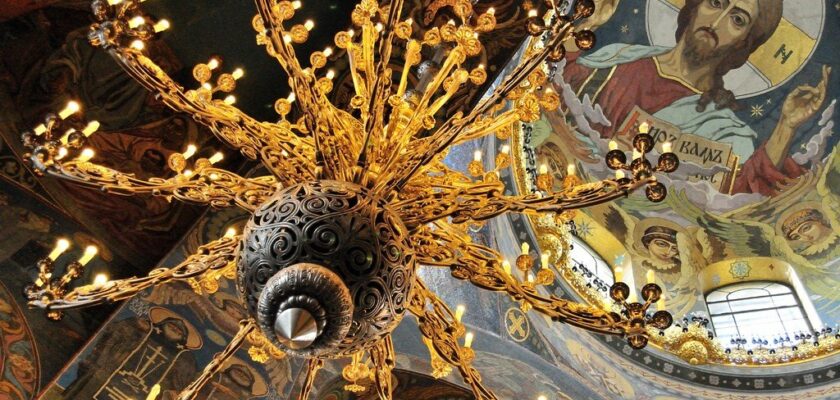Храм Спаса-на-Крови
The Church of the Savior-on-Blood in St. Petersburg is one of the most beautiful and magnificent cathedrals not only of the city on the Neva River, but of the whole of Russia. It is both an Orthodox church and a memorial monument, reminding of one of the tragic pages in the history of our country. Located in the historical center of the Northern Capital, on the embankment of the Griboyedov Canal, which in the past was called Catherine’s Canal, the Savior-on-Blood Cathedral impresses with its monumentality and grandeur.
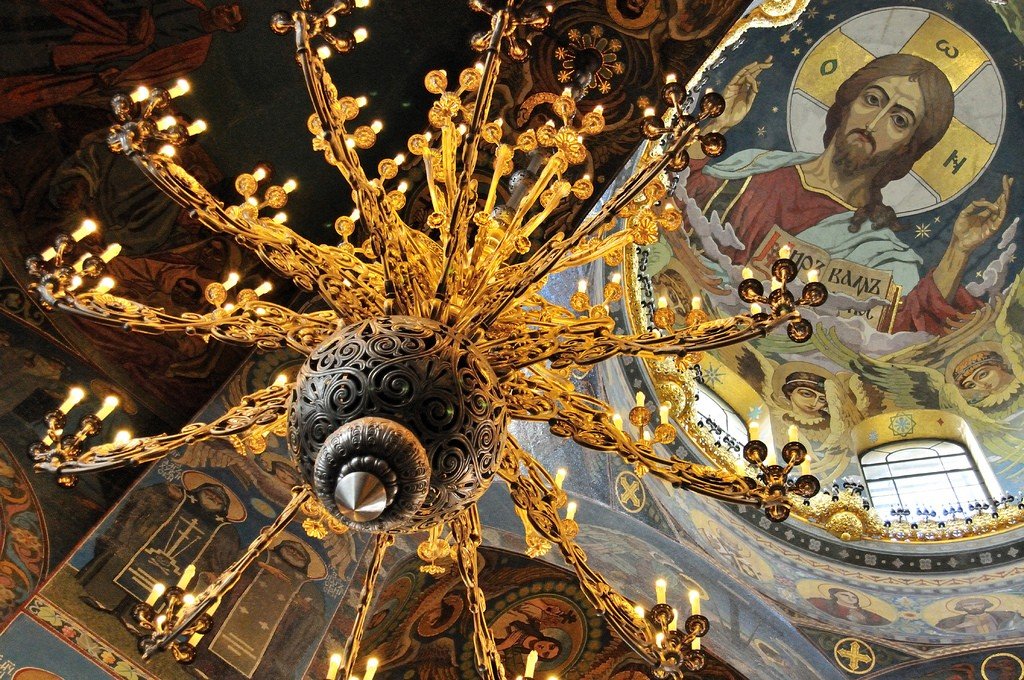
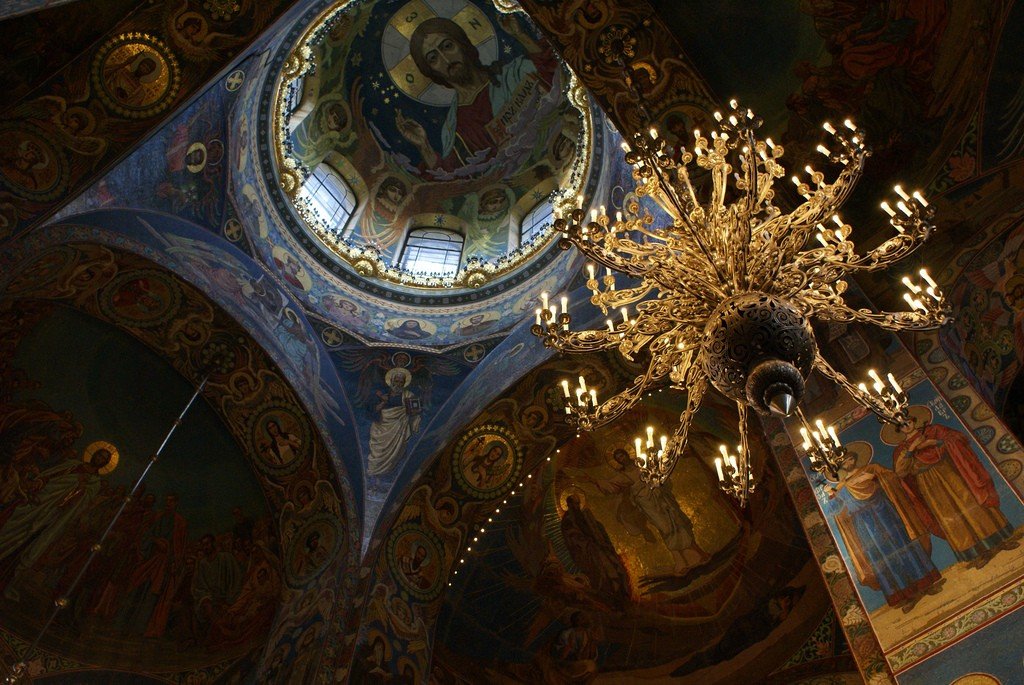
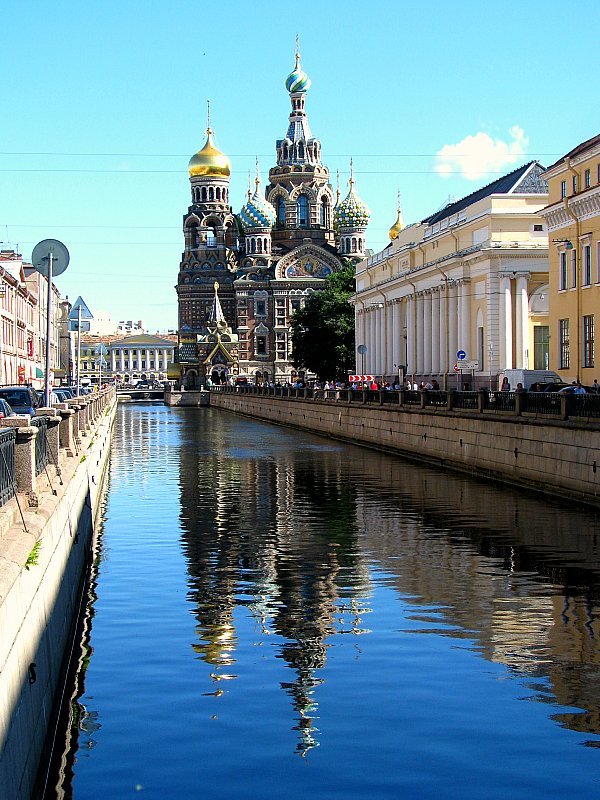
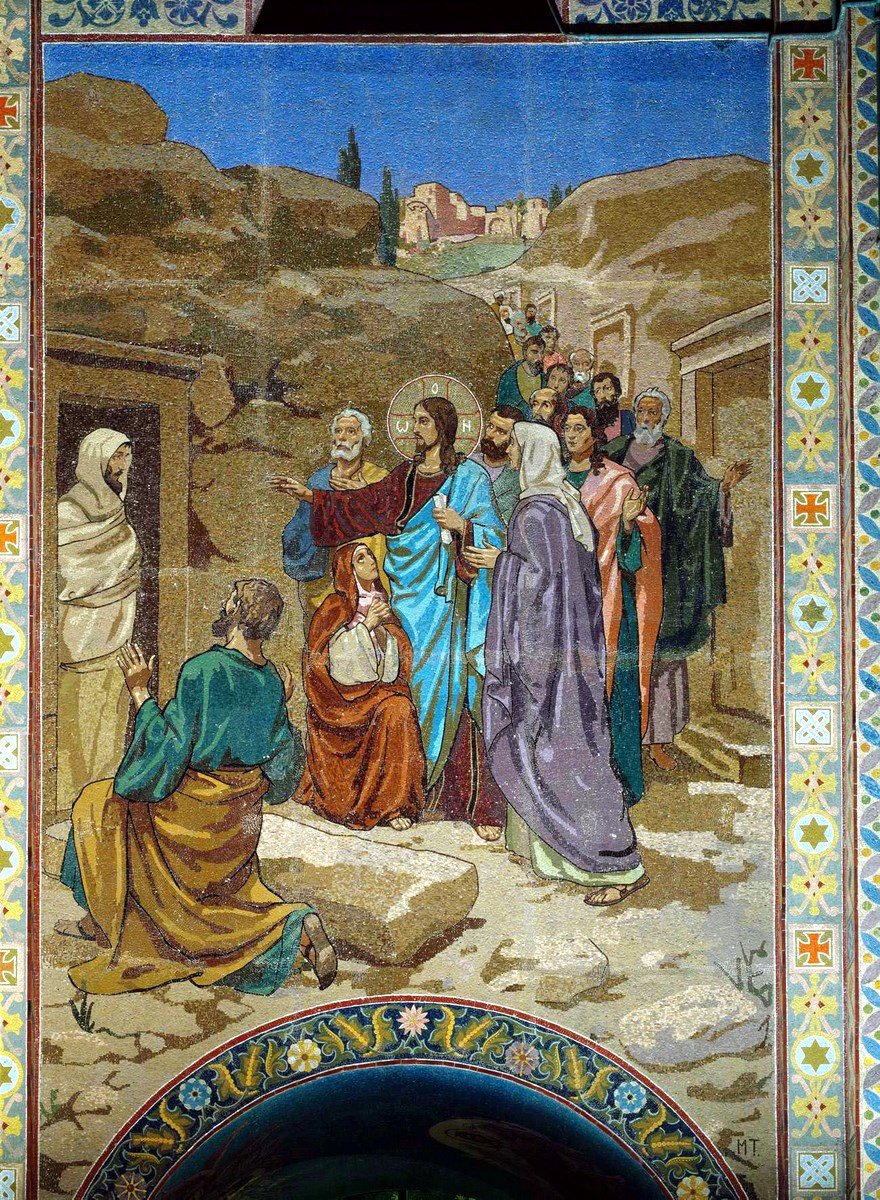
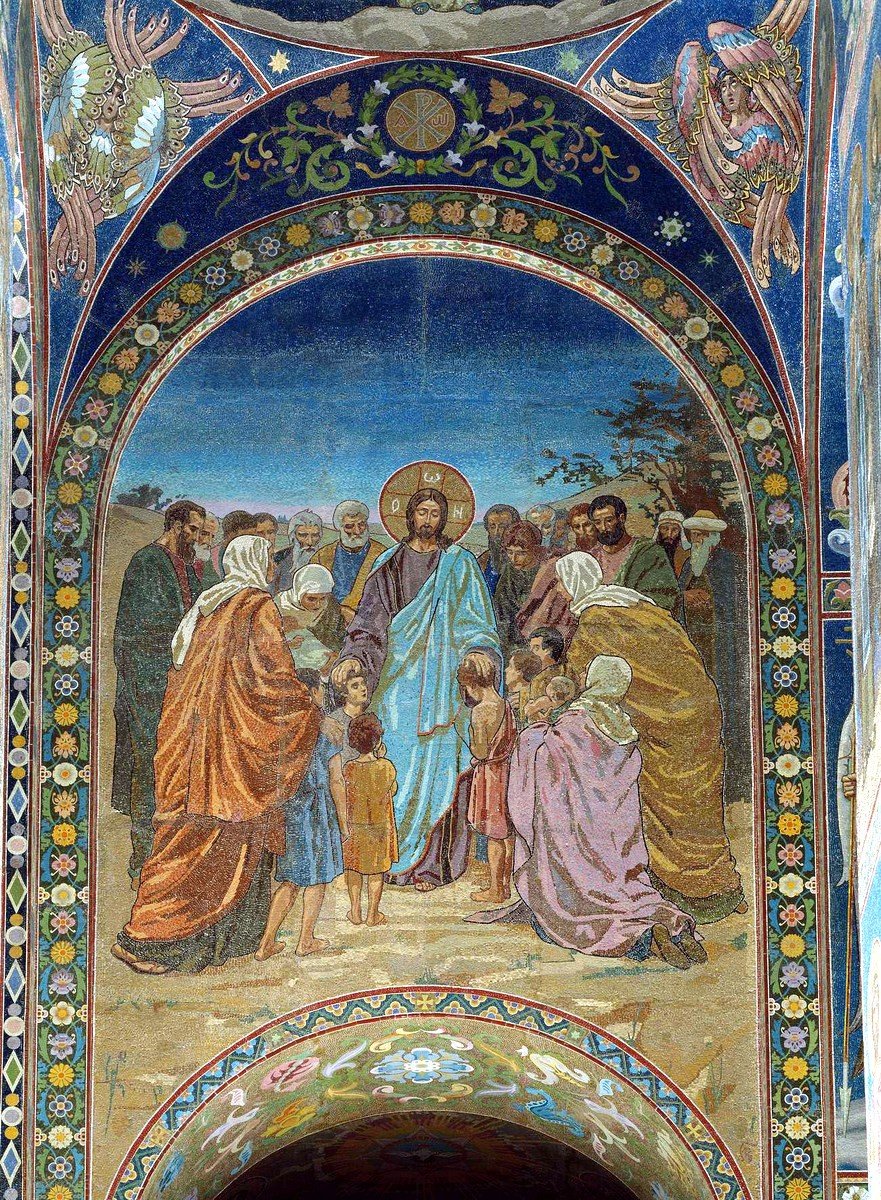
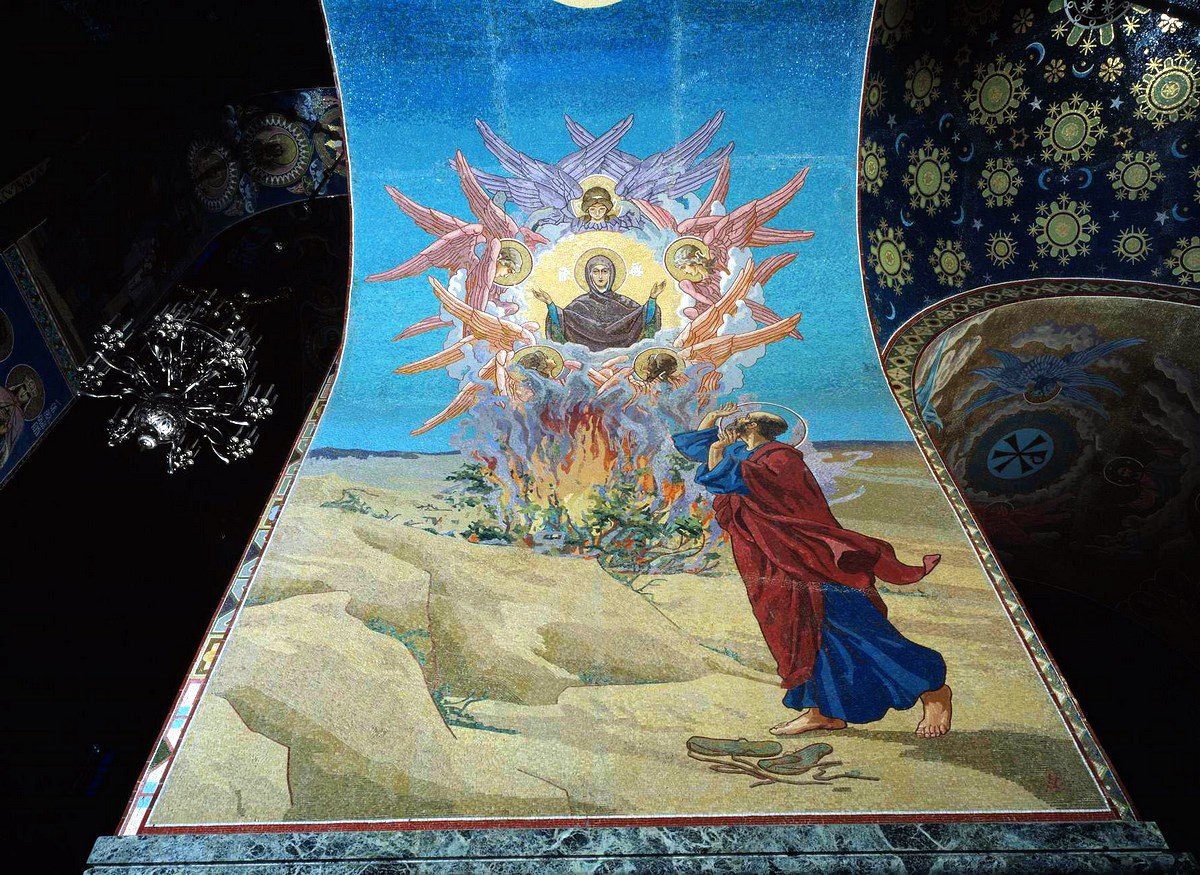
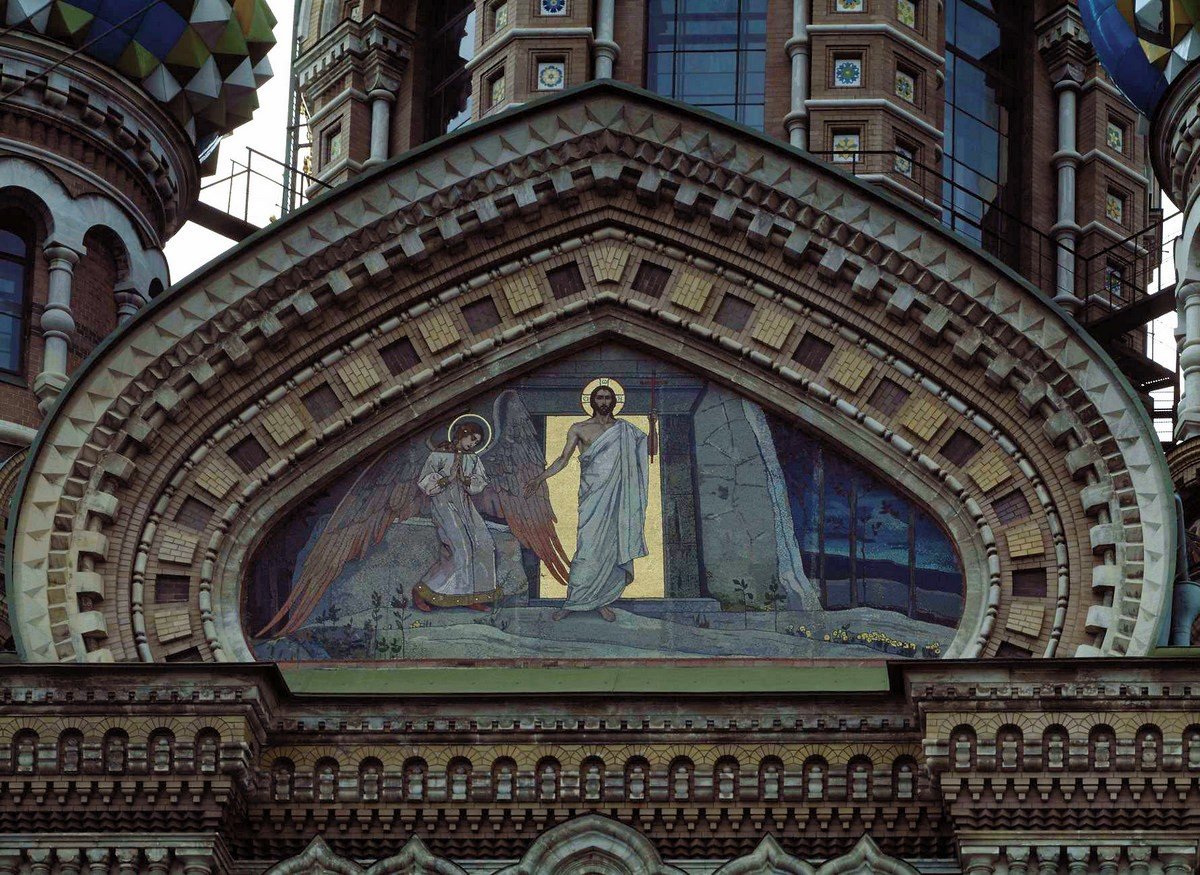
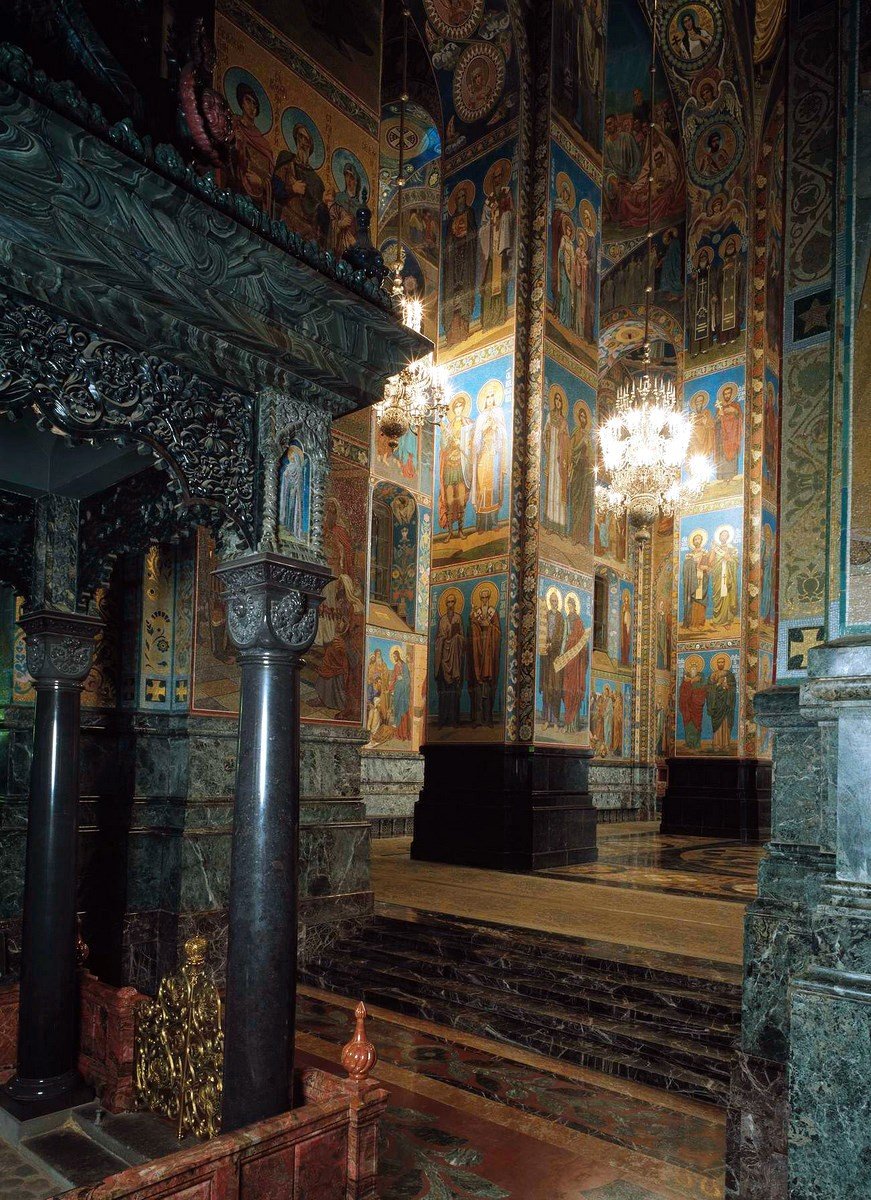
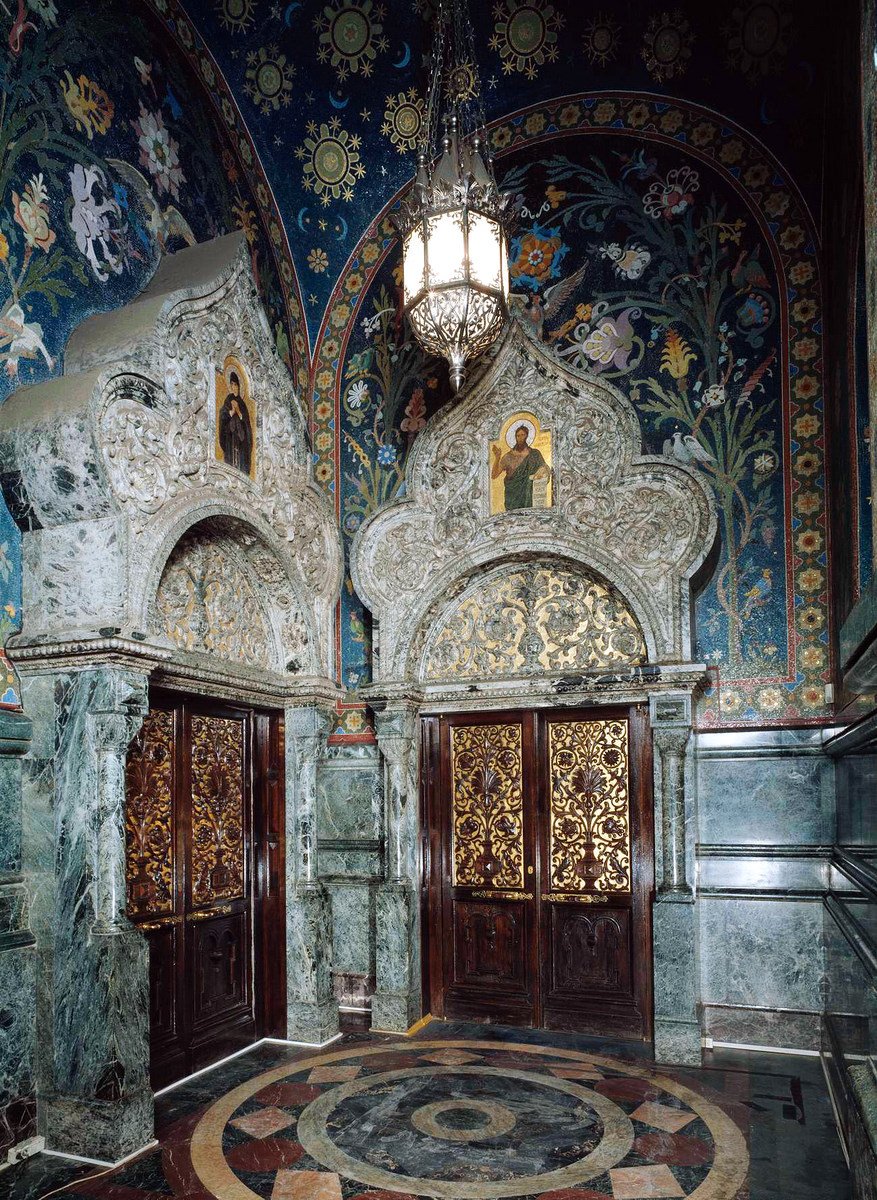
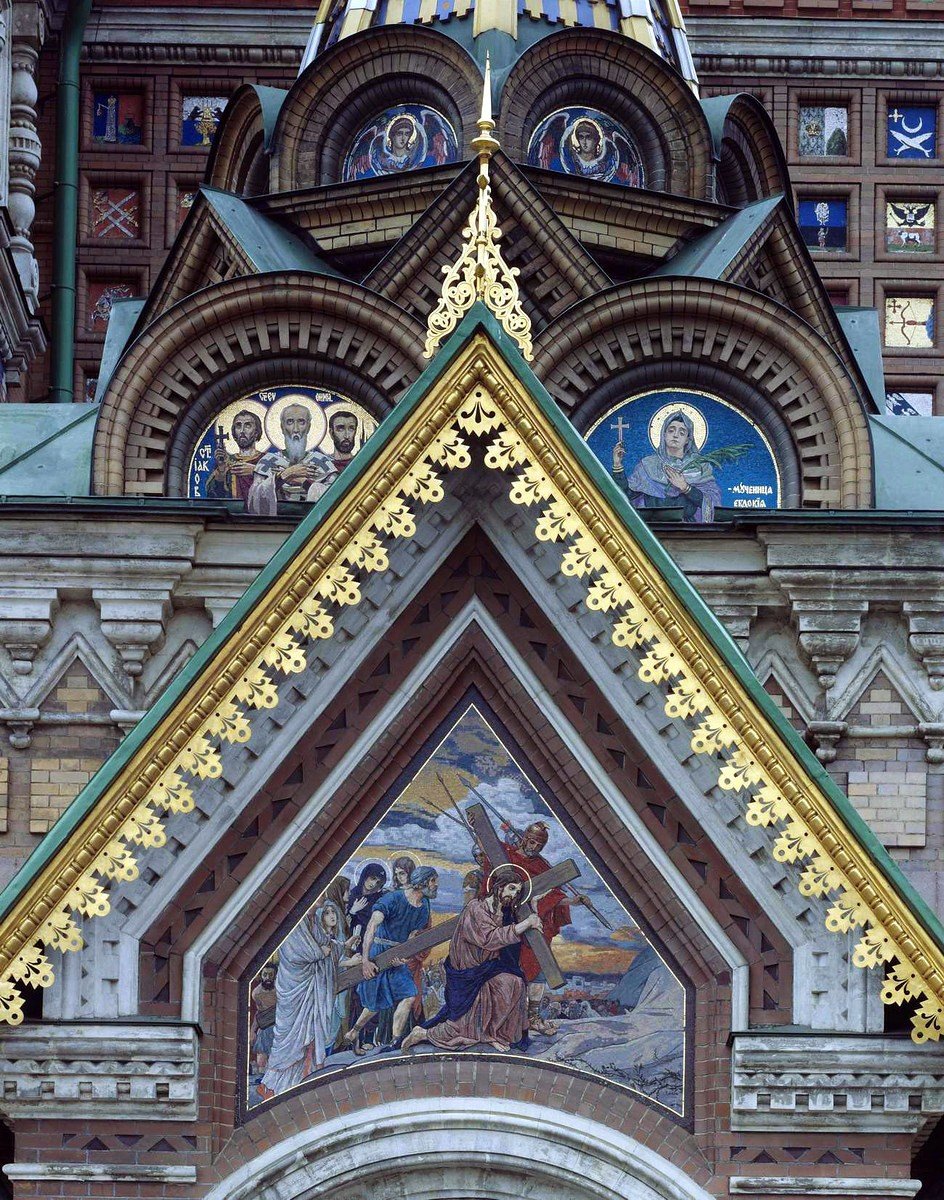
Video: The Savior-on-Blood
Contents- Highlights
- Background of the construction
- How the Cathedral of the Resurrection of Christ on the Blood was built
- The Cathedral of the Savior on the Blood
- The Cathedral of the Resurrection of Christ on the Blood on the Blood in Soviet times and today
- Architectural features of the temple
- Opening hours
- Ticket prices
- How to get there
Highlights
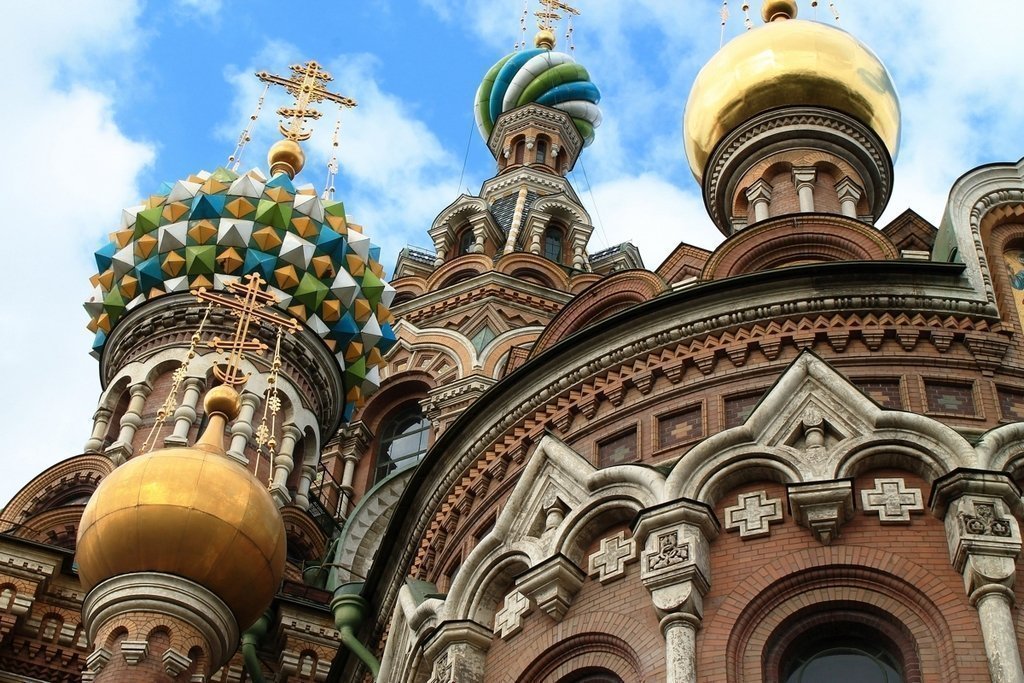
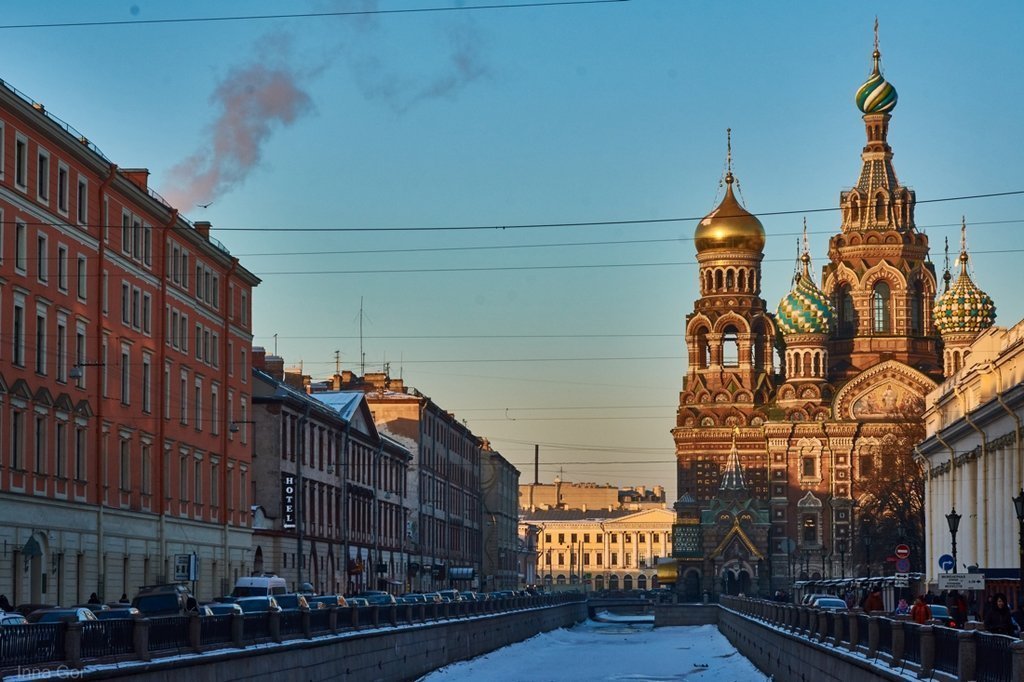
Background of construction
The second half of the XIX century was very difficult for Russia. On the one hand, the state was weakened by participation in the Crimean War and the difficult situation in the economy, on the other hand, there were large-scale transformations, at the origins of which stood Emperor Alexander II. First of all, we are talking about the abolition of serfdom in 1861, which became a powerful impetus for further development of the country. Having freed 23 million peasants from landlord slavery, he received the noble nickname of “Tsar-Liberator” and went down in history.
.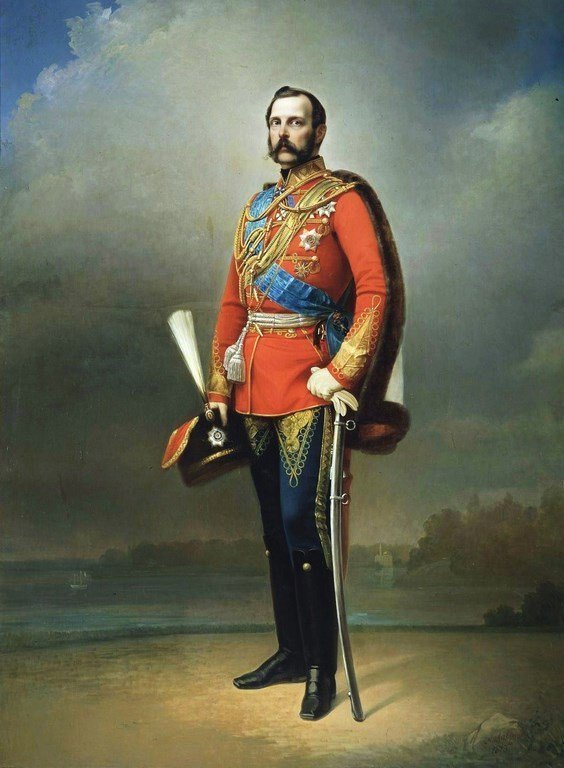
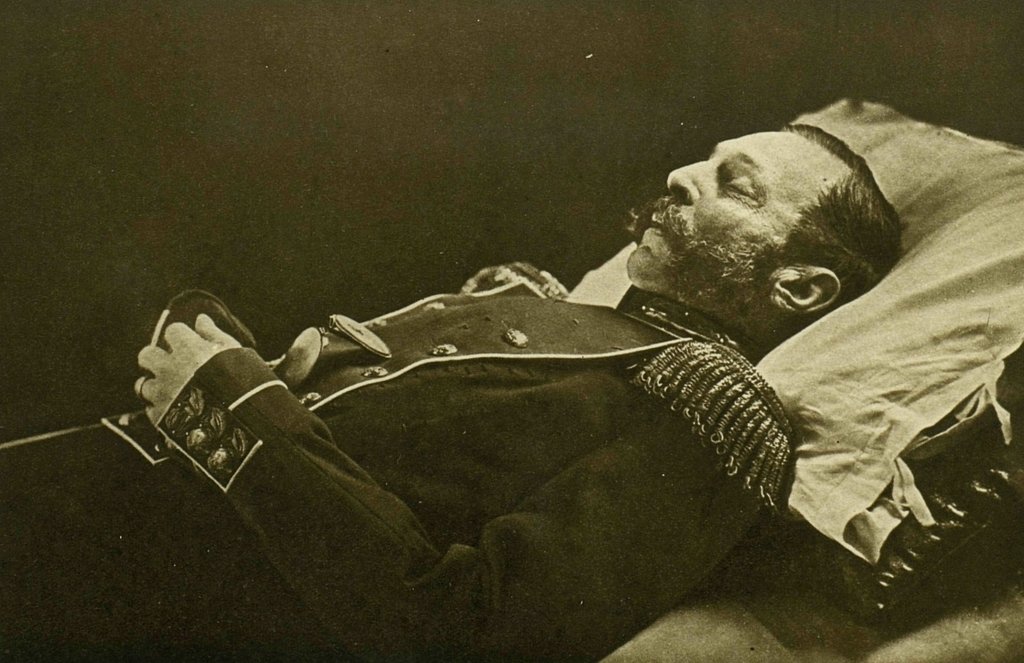
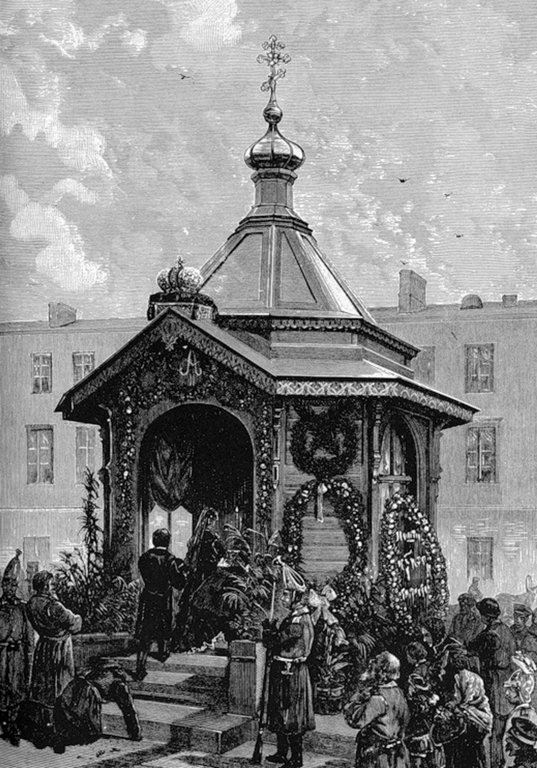
How the Cathedral of the Resurrection of Christ on the Blood was built
The beginning of works was preceded by two competitions for the best project at once. The first 26 of them were ready already on December 31, 1881. Their vision of the future monument temple presented many architects of the time, such as I. S. Bogomolov, A. L. Gun, I. S. Kitner, already mentioned L. N. Benois and a number of others. A special commission selected 8 projects, which considered the most successful, recognizing the best work by A. I. Tomishko, made in the Russian-Byzantine style and called “Father of the Fatherland.”
.Projects-winners, of course, were shown to the current sovereign, but none of them he did not like. Alexander III wanted to see in the future temple features of true Russian architecture, inherent in the churches of the XVII century, especially Yaroslavl. And the actual place where the Tsar was mortally wounded, was to be formalized in the form of a separate side chapel.
.
The second competition, the results of which were summed up on April 28, 1882, also did not reveal the final winner. It was presented already 31 projects, their authors were many famous architects – for example, R. P. Kuzmin, N. V. Sultanov, R. A. Goedike, A. I. Rezanov, A. L. Ober, A. N. Benois and others. Alexander III was forced to reject them as well, as none of the work did not correspond to his vision of the future cathedral.
.
And now, after some time, finally appeared the project, which, although not completely, but still satisfied the demanding tastes of the sovereign. Its developers were the architect Alfred Parland and the abbot of the Trinity-Sergius Hermitage Archimandrite Ignatius (Malyshev). The Emperor imposed his highest resolution on it on July 29, 1883 and ordered the authors to finalize their research, and on May 1, 1887 it was finally approved.
.
The first stone in the foundation of the temple, however, was laid back in October 1883. A special commission was formed for the construction of the Church of the Savior-on-Blood, which was headed by Grand Duke Vladimir Alexandrovich, the youngest son of the deceased Tsar. The commission included architects R. B. Berngard, D. I. Grimm, A. I. Zhiber, R. A. Gödike, who made adjustments to the project as the work progressed. An important role in the improvement of the cathedral played I. V. Storm: thanks to his suggestions, the overall composition of the temple only won.
If it were not for the mosaic works, which were not moving as fast as we would have liked, the consecration of the Savior-on-Blood could have happened ten years earlier. And now this long-awaited and blessed day has come: on August 6 (19), 1907, on the day of the Orthodox feast of the Transfiguration of the Lord, Metropolitan Anthony (Vadkovsky) performed the consecration ceremony. It was very solemn, with the participation of Emperor Nicholas II and members of his family. Less than a year later, in April 1908, the same Metropolitan Anthony consecrated the Iverskaya Chapel-Resister, which stood next to the Cathedral of the Resurrection of Christ on the Blood. The sacristy was a repository of icons that had ever been offered in memory of the tragic death of Alexander II.
Spas na Krovi was built using the latest technology for those years, so it can be called with good reason one of the most modern buildings of the early XX century. Moreover, it was even fully electrified, something that even many important state institutions could not dream of. 1689 lamps illuminated the Church of the Savior-on-Blood from the inside, which at that time was simply unthinkable! As for the cost of the entire construction, it is estimated at a rather impressive amount – 4.6 million rubles. The cathedral in memory of the murdered tsar-liberator was the second after St. Isaac’s Cathedral religious building of St. Petersburg, which, being under the jurisdiction of the Ministry of Internal Affairs, was entirely on the state’s maintenance.
.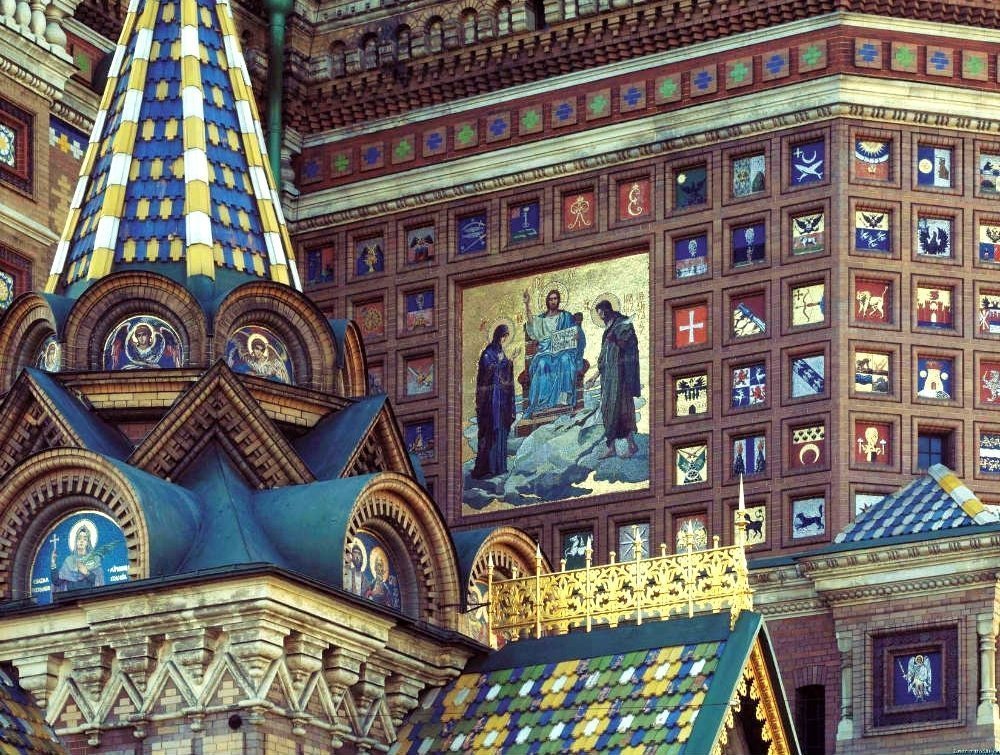
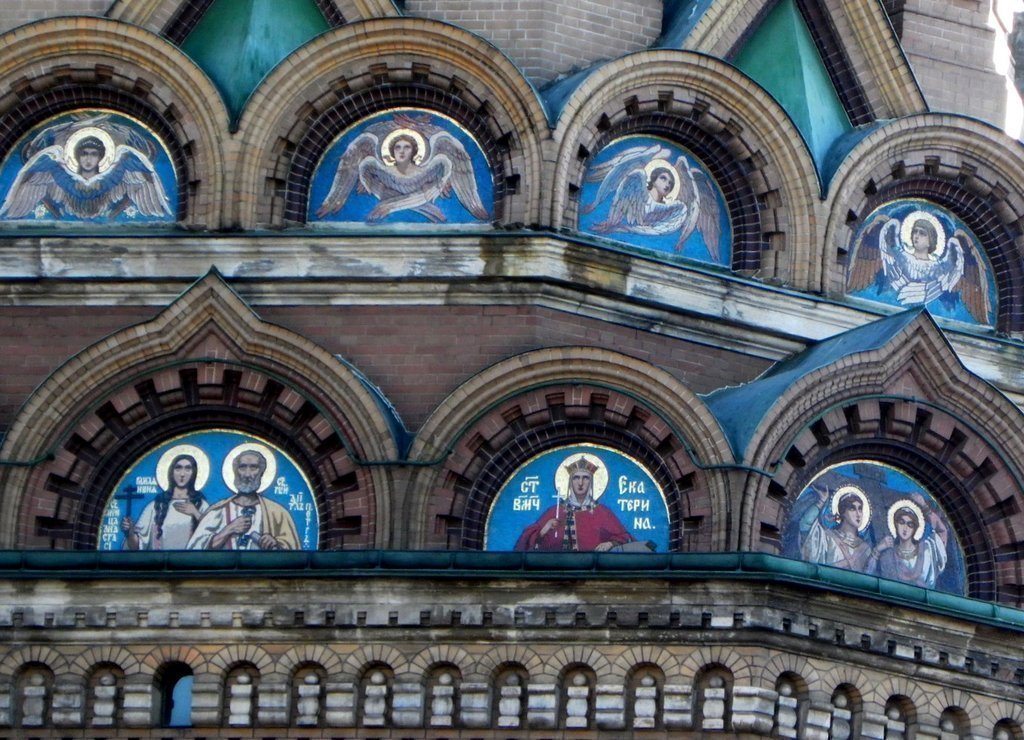
The Church of the Savior on Blood in Soviet times and today
The Cathedral of the Resurrection of Christ on the Blood differed from other temples in that it was not planned for mass visits. Parishioners could enter it only by pass. Some services held in it were dedicated to the memory of Alexander II, who died at the hands of terrorists. The abbot of the cathedral in September 1907 appointed Professor P. I. Leporsky.
.
After the October Revolution of 1917, the Bolshevik government stopped allocating funds for the maintenance of the Church of the Savior-on-Blood. As a consequence, the rector had no other choice but to appeal to the people of Petrograd to support the cathedral in these difficult times and, if possible, financially, contributing to its maintenance as much as possible.
At the end of 1919, the city authorities decided to organize a parish at the Church of the Resurrection of Christ on the Blood. Peter Leporsky actively objected to this, rightly noting that he was never a parish. But the Petrosoviet did not give up its own, and already on January 11, 1920 the Church of the Savior on the Blood was transferred to the so-called “twenty”, that is, the newly formed parish. In 1922-1923 the management of the cathedral was carried out by the Petrograd autocephaly under the leadership of Nicholas (Yaroshevich), Bishop of Peterhof.
.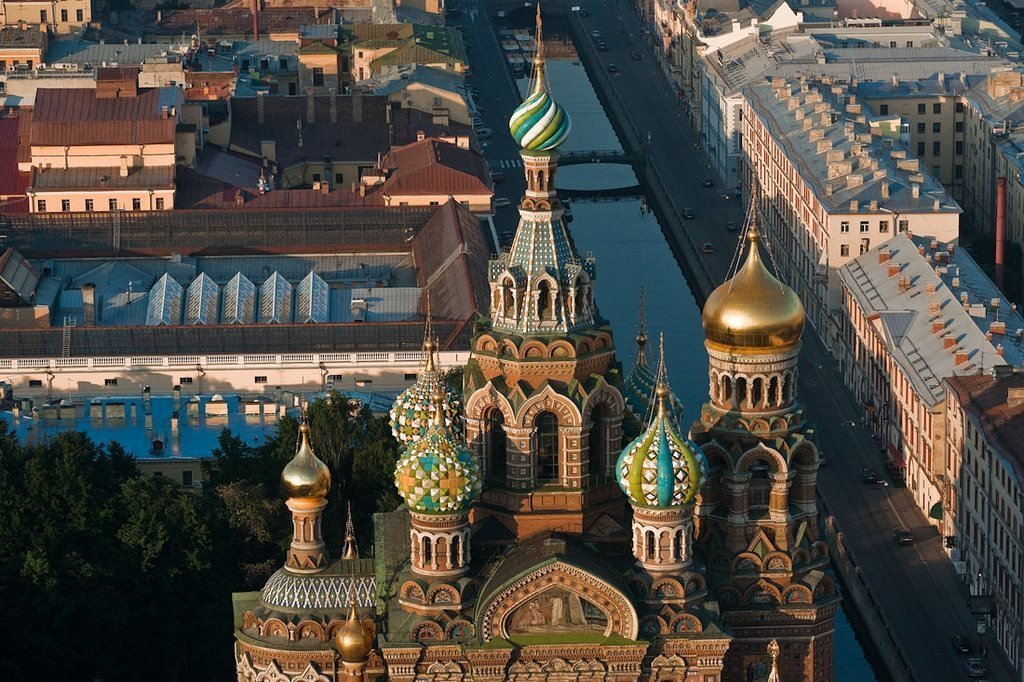

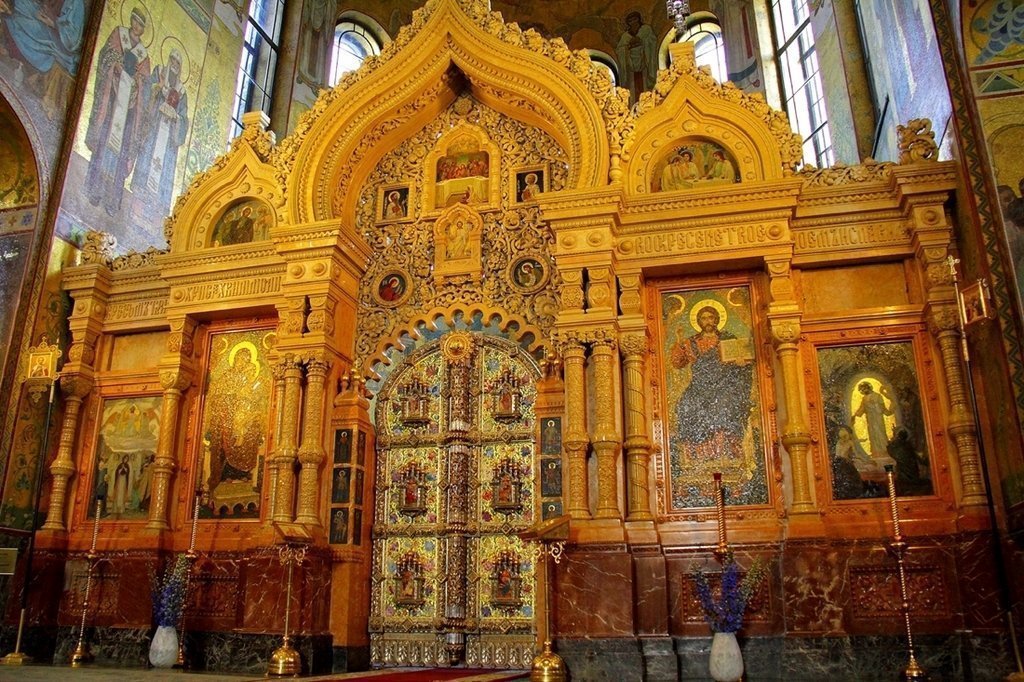
In the late 1960s, Spas na Krovi was taken under state protection. In July 1970, it was decided to organize a branch of the St. Isaac’s Cathedral Museum in it, which became for this monumental structure a salvation from final oblivion: after all, it was in an emergency condition and needed urgent restoration. In the early 80’s the work started, the first stage of which was completed only in 1997. Then the memorial museum-monument “Savior-on-Blood” opened its doors to visitors, it happened exactly 90 years after its consecration.
.
On May 23, 2004, Metropolitan Vladimir (Kotlyarov) of St. Petersburg and Ladoga served a solemn liturgy in the Savior-on-Blood – the first after a long break of more than seven decades. Ten years later, the parish of the Cathedral of the Resurrection of Christ on the Blood received official registration..
Video: The Church of the Savior on Spilled Blood in winter
” title=”YouTube video player” frameborder=”0″ allow=”accelerometer; autoplay; clipboard-write; encrypted-media; gyroscope; picture-in-picture; web-share” allowfullscreen>Architectural features of the temple
Despite the fact that Spas na Krovi was built as a memorial temple in honor of the murdered emperor, its appearance is rather festive and bright. The temple is decorated with numerous shaped platbands, kokoshniks, tiles, multi-colored tiles. At the heart of the religious building – a compact quadrangle, crowned with five heads, covered with four-color jeweled enamel. In total, as mentioned above, there are nine of them in the temple, and it is they that create that unique asymmetry that makes the Cathedral of the Savior-on-Blood one of the most recognizable on the banks of the Neva and in Russia.
.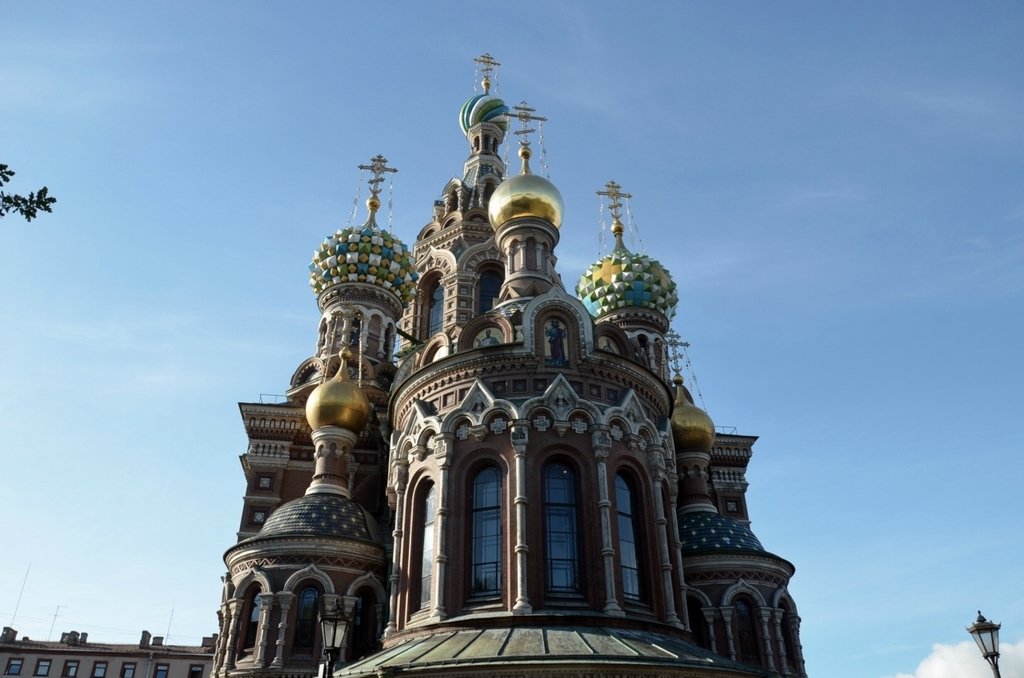
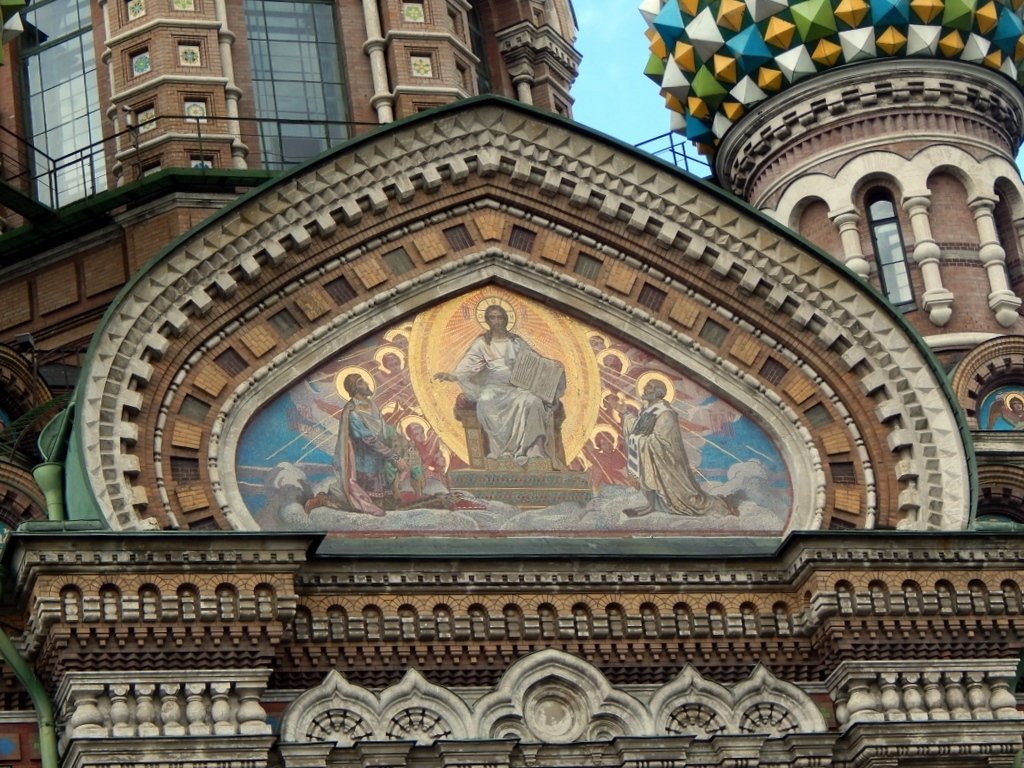
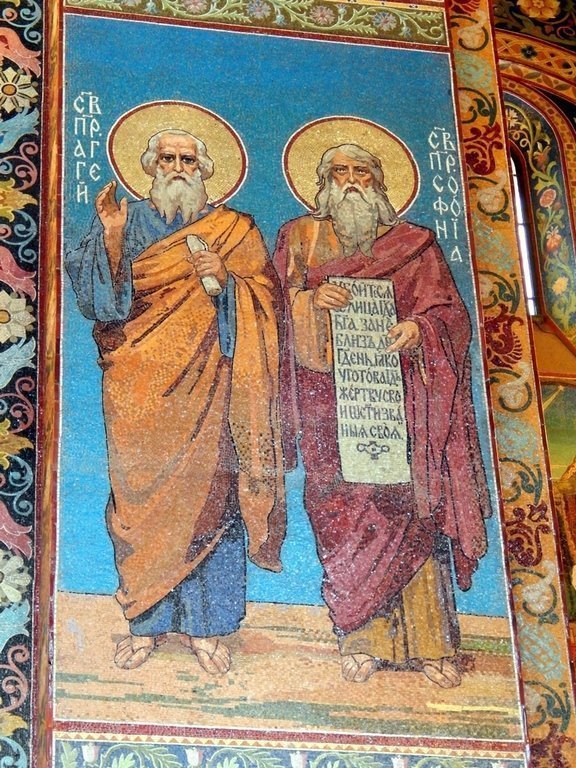
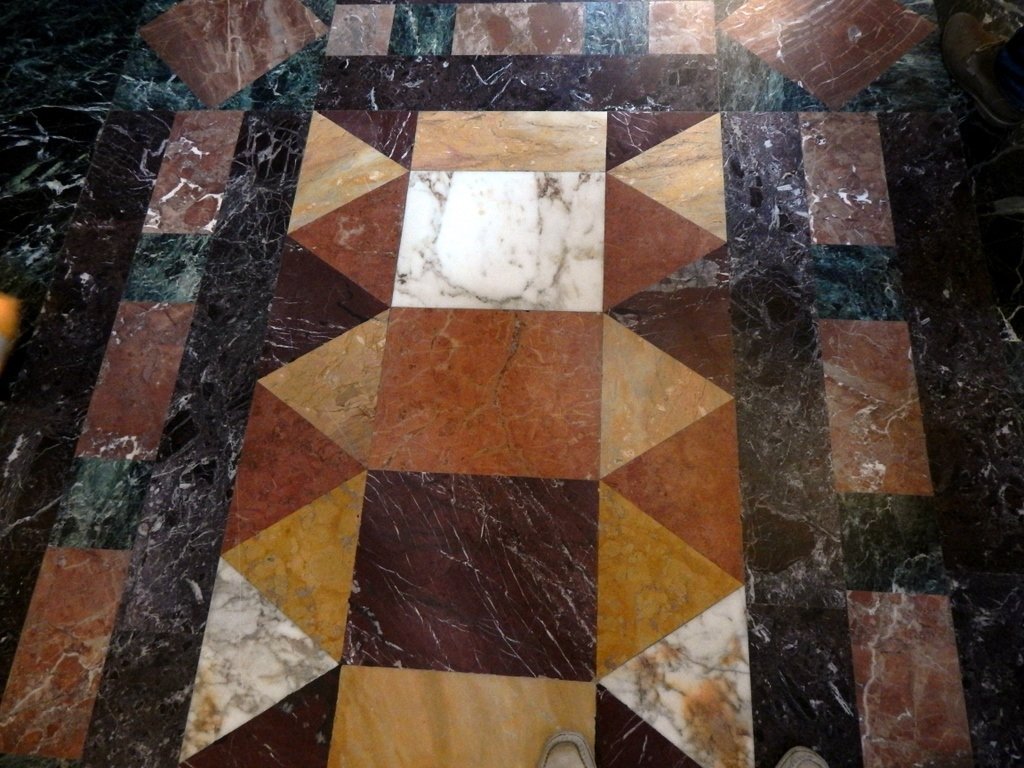
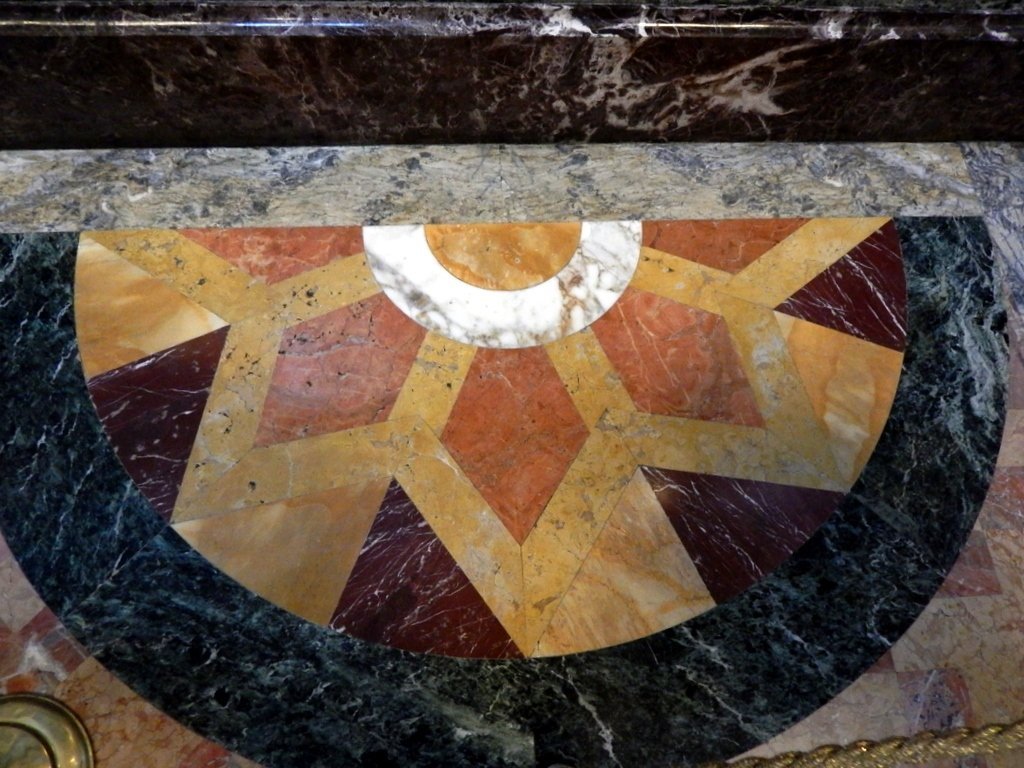

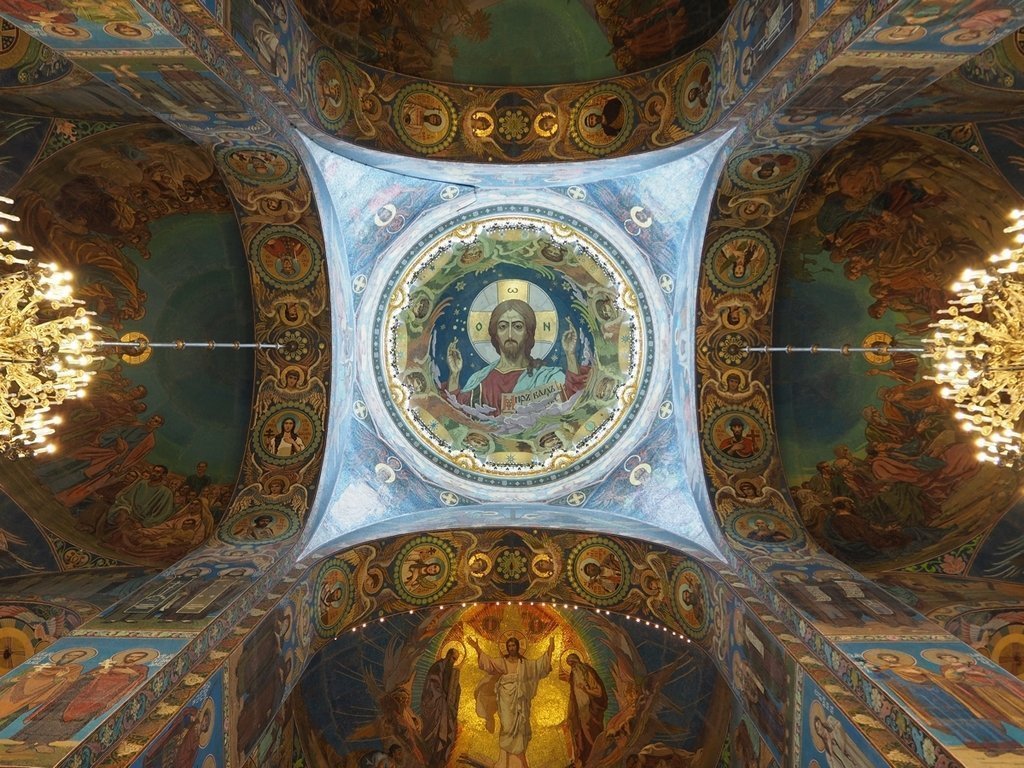
Opening hours
The Cathedral of the Resurrection of Christ on the Blood is open daily, except Wednesday, from 10:30 to 18:00. In the high tourist season, namely from May 1 to September 30, this temple, like many other attractions in St. Petersburg, is open late for visitors: it is open until 22:30. The ticket office closes at 22:00.
.Ticket price
The price of one adult ticket to the Church of the Savior-on-Blood in 2016 was 250 rubles. Children and young people aged 7-18 years, as well as university students, graduate students, military cadets paid 50 rubles for a ticket. The same cost was set for pensioners from the citizens of the Russian Federation and the Republic of Belarus. Please note: to purchase a ticket at a discounted price, a pensioner must present not his or her ID, but a passport.
.
Ordering an audio guide in Russian, English, French, German, Spanish and Italian will cost 100 rubles.
.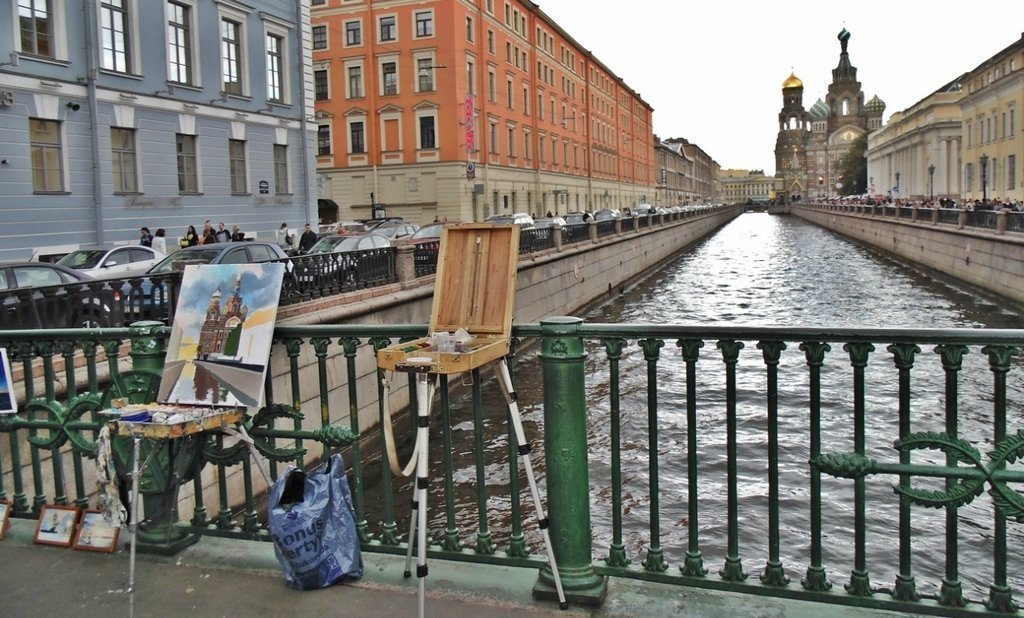
How to get there
The nearest metro station to the Church of the Savior-on-Blood is Nevsky Prospekt. On the way out, on the right side of the former Catherine Canal (next to Konyushennaya Square and Mikhailovsky Garden, not far from the Field of Mars), you will see this monumental temple, built on the site of one of the most notorious political murders of the century before last.
.